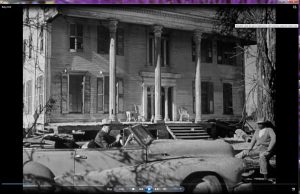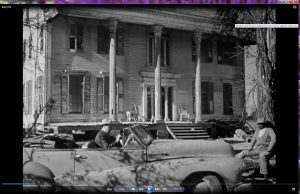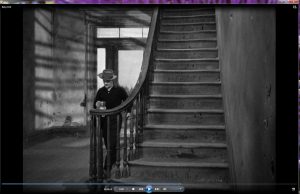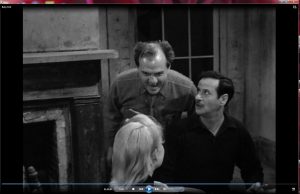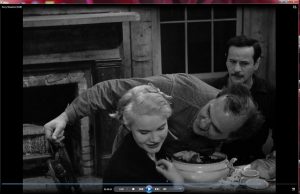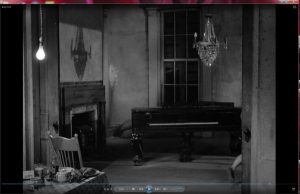Bridge May Open First Week in August
http://www.wxvt.com/global/story.asp?s=12887342
Posted: July 28, 2010 07:13 PM
Two days after a ribbon cutting, transportation officials say the opening of the new Mississippi River Bridge, connecting Greenville, Miss., to Lake Village, Ark., may be delayed.
The Mississippi Department of Transportation had said the bridge would open on Wednesday, July 28. However, as the Monday dedication grew closer, officials said the opening would be at a later, unspecified date. During the dedication, they hoped to have it ready by the end of the week.
On Wednesday, MDOT project engineer Steele Davis said inclement weather has delayed completion of the final stages of construction. That work includes paving the road connecting the new bridge to U.S. Highway 82. Davis says the opening may be during the week of Aug. 1-7.









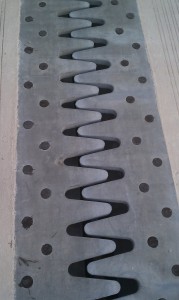

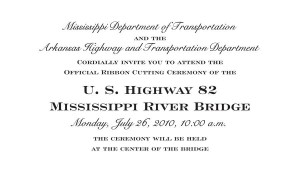
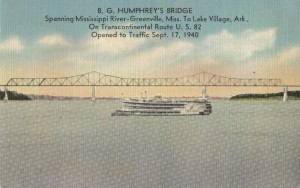

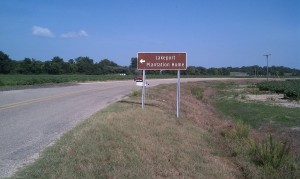

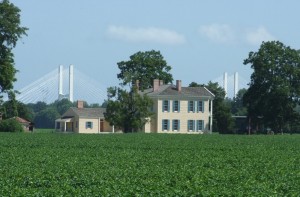

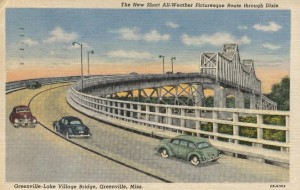
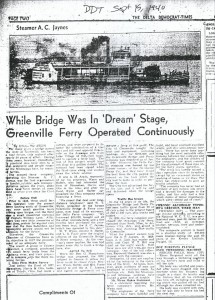
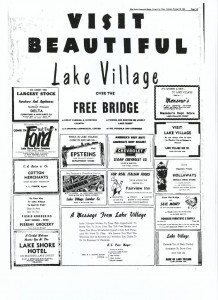
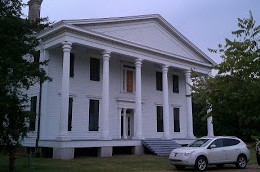


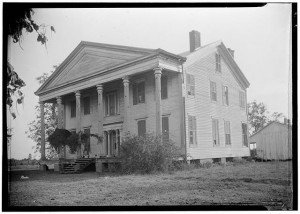 in 1936 as the “
in 1936 as the “